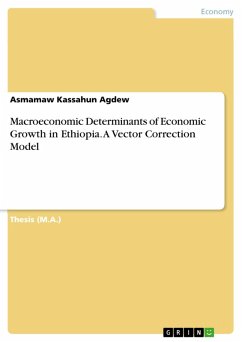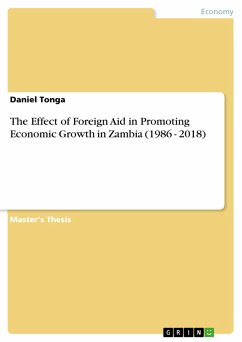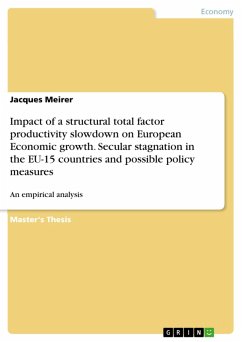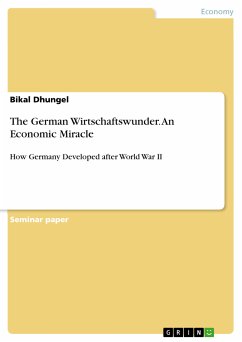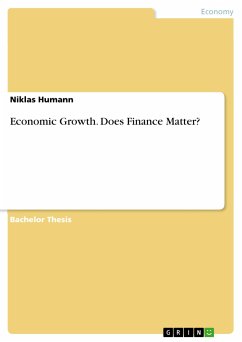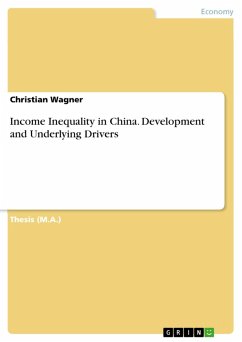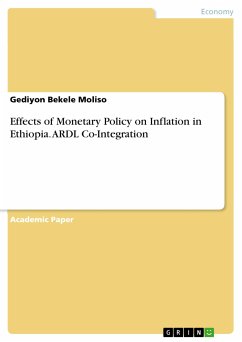Thesis (M.A.) from the year 2016 in the subject Economics - Case Scenarios, grade: 3.89, , language: English, abstract: The main objective of this study is to investigate the macroeconomic determinants of economic growth in Ethiopia from 1974-2014. A Vector Error Correction Model (VECM) to cointegration approach is applied in order to investigate the long run and short run relationship between real GDP and its macroeconomic determinants. The finding of the cointegration test shows that there is a stable long run relationship between real GDP, gross domestic saving, labor, human capital, export, FDI, foreign aid and external debt. The long run empirical result reveals gross domestic saving, human capital proxied by government expenditure on health and education, and labor force have positive and significant relationship with real output. However export and real GDP have positive but insignificant relationship. External debt, foreign aid and FDI have negatively significant relationship with real GDP during the study period. The short run dynamic results shows that human capital, saving and FDI have positive relationship with output growth whereas labor, export, aid and external debt have negative relationship with Real GDP. The coefficient of equilibrating error term (ECM) suggests that the speed of adjustment (feedback effect towards the long run equilibrium) takes few years for full adjustment when there is a shock in the system. In order to sustain long run growth the government or policy makers should design appropriate policies that results in the efficient use of resources contributing to economic growth and proper management of variables resulting to negative growth in order to reverse their effect on output.
Dieser Download kann aus rechtlichen Gründen nur mit Rechnungsadresse in A, B, BG, CY, CZ, D, DK, EW, E, FIN, F, GR, HR, H, IRL, I, LT, L, LR, M, NL, PL, P, R, S, SLO, SK ausgeliefert werden.

